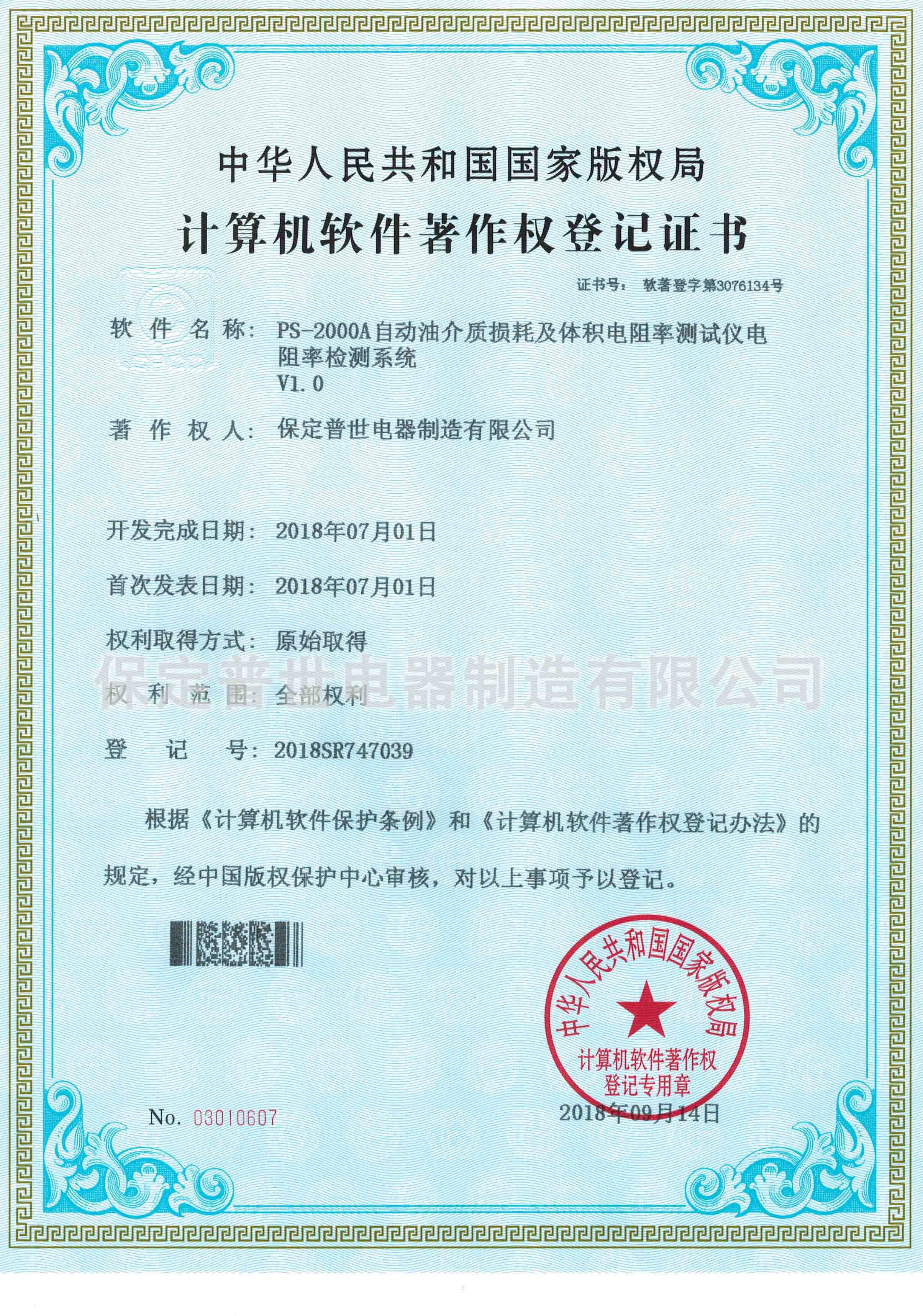 English
English



-
 Afrikaans
Afrikaans -
 Albanian
Albanian -
 Amharic
Amharic -
 Arabic
Arabic -
 Armenian
Armenian -
 Azerbaijani
Azerbaijani -
 Basque
Basque -
 Belarusian
Belarusian -
 Bengali
Bengali -
 Bosnian
Bosnian -
 Bulgarian
Bulgarian -
 Catalan
Catalan -
 Cebuano
Cebuano -
 China
China -
 China (Taiwan)
China (Taiwan) -
 Corsican
Corsican -
 Croatian
Croatian -
 Czech
Czech -
 Danish
Danish -
 Dutch
Dutch -
 English
English -
 Esperanto
Esperanto -
 Estonian
Estonian -
 Finnish
Finnish -
 French
French -
 Frisian
Frisian -
 Galician
Galician -
 Georgian
Georgian -
 German
German -
 Greek
Greek -
 Gujarati
Gujarati -
 Haitian Creole
Haitian Creole -
 hausa
hausa -
 hawaiian
hawaiian -
 Hebrew
Hebrew -
 Hindi
Hindi -
 Miao
Miao -
 Hungarian
Hungarian -
 Icelandic
Icelandic -
 igbo
igbo -
 Indonesian
Indonesian -
 irish
irish -
 Italian
Italian -
 Japanese
Japanese -
 Javanese
Javanese -
 Kannada
Kannada -
 kazakh
kazakh -
 Khmer
Khmer -
 Rwandese
Rwandese -
 Korean
Korean -
 Kurdish
Kurdish -
 Kyrgyz
Kyrgyz -
 Lao
Lao -
 Latin
Latin -
 Latvian
Latvian -
 Lithuanian
Lithuanian -
 Luxembourgish
Luxembourgish -
 Macedonian
Macedonian -
 Malgashi
Malgashi -
 Malay
Malay -
 Malayalam
Malayalam -
 Maltese
Maltese -
 Maori
Maori -
 Marathi
Marathi -
 Mongolian
Mongolian -
 Myanmar
Myanmar -
 Nepali
Nepali -
 Norwegian
Norwegian -
 Norwegian
Norwegian -
 Occitan
Occitan -
 Pashto
Pashto -
 Persian
Persian -
 Polish
Polish -
 Portuguese
Portuguese -
 Punjabi
Punjabi -
 Romanian
Romanian -
 Russian
Russian -
 Samoan
Samoan -
 Scottish Gaelic
Scottish Gaelic -
 Serbian
Serbian -
 Sesotho
Sesotho -
 Shona
Shona -
 Sindhi
Sindhi -
 Sinhala
Sinhala -
 Slovak
Slovak -
 Slovenian
Slovenian -
 Somali
Somali -
 Spanish
Spanish -
 Sundanese
Sundanese -
 Swahili
Swahili -
 Swedish
Swedish -
 Tagalog
Tagalog -
 Tajik
Tajik -
 Tamil
Tamil -
 Tatar
Tatar -
 Telugu
Telugu -
 Thai
Thai -
 Turkish
Turkish -
 Turkmen
Turkmen -
 Ukrainian
Ukrainian -
 Urdu
Urdu -
 Uighur
Uighur -
 Uzbek
Uzbek -
 Vietnamese
Vietnamese -
 Welsh
Welsh -
 Bantu
Bantu -
 Yiddish
Yiddish -
 Yoruba
Yoruba -
 Zulu
Zulu
transformer oil check
Understanding Transformer Oil Checking Ensuring Reliability and Safety
Transformer oil, also known as insulating oil, plays a crucial role in the operation and longevity of electrical transformers. Its primary functions are to insulate and cool the transformer, thus ensuring efficient performance. Regular checks of transformer oil are essential to maintain the reliability and safety of electrical systems. This article delves into the importance of transformer oil checks, the methods used, and the indicators of oil quality.
Importance of Transformer Oil Checks
The significance of transformer oil checks cannot be overstated. The quality of transformer oil directly affects the performance and lifespan of the transformer. Over time, factors such as temperature fluctuations, moisture intrusion, and contamination can degrade the oil's insulating properties. Regular testing helps identify any degradation of oil, allowing for timely corrective measures. Additionally, monitoring the oil can prevent catastrophic failures, reduce maintenance costs, and enhance the overall safety of electrical installations.
One of the key aspects of transformer operation is the management of thermal conditions. Transformers generate heat during operation, and oil facilitates the dissipation of this heat. If the oil is degraded, its ability to cool the transformer diminishes, leading to overheating and potential damage. Thus, consistent checks are vital for sustaining optimal thermal performance.
Methods for Checking Transformer Oil
Various methods can be employed to check the quality of transformer oil
. Some of the most commonly used tests include1. Dissolved Gas Analysis (DGA) This technique involves analyzing the gases dissolved in transformer oil. The presence of certain gases, such as hydrogen, methane, and ethane, can indicate insulation breakdown or arcing within the transformer.
2. Furan Testing Furan compounds in transformer oil are byproducts of paper insulation degradation. The presence of elevated furan levels suggests that the insulation is deteriorating, which can be an early warning sign of a transformer failure.
3. Moisture Content Analysis Water contamination in transformer oil is detrimental as it reduces the oil’s dielectric strength. Regular checks for moisture levels can help in maintaining the integrity of the oil and insulating properties of the transformer.
transformer oil check

4. Dielectric Strength Testing This test measures the maximum voltage that the oil can withstand before breaking down. A decline in dielectric strength signifies the oil's potential failure, indicating that it may need to be replaced.
5. Acidity Testing Over time, transformer oil can become acidic due to oxidation processes. Increased acidity levels can be harmful to transformer components and must be monitored closely.
Indicators of Oil Quality
When assessing transformer oil quality, several indicators should be taken into account
- Color and Clarity Fresh transformer oil is typically clear and pale yellow. Any discoloration or cloudiness can signify contamination or degradation.
- Dielectric Strength As mentioned, dielectric strength is a critical measure; lower values indicate that the oil is no longer effective as an insulator.
- Dissolved Gases The presence of gases such as acetylene or ethylene may suggest serious internal issues that require immediate attention.
- Moisture Levels Ideally, moisture content should be kept to a minimum. High moisture levels can significantly reduce the dielectric strength and overall performance.
Conclusion
Regular checks of transformer oil are a fundamental aspect of transformer maintenance and operation. By implementing routine inspections and adhering to best practices for oil testing, operators can ensure the reliability and longevity of their electrical transformers. In doing so, not only will they safeguard their equipment, but they will also enhance operational safety and efficiency. As technology advances, the methods of testing and monitoring transformer oil are becoming more sophisticated, providing deeper insights into transformer health and performance.
-
Testing Equipment Industry Sees Major Advancements in 2025: Smart & Precision Technologies Lead the WayNewsJun.06,2025
-
Applications of Direct Current Generators in Renewable Energy SystemsNewsJun.05,2025
-
Hipot Tester Calibration and Accuracy GuidelinesNewsJun.05,2025
-
Digital Circuit Breaker Analyzer Features and BenefitsNewsJun.05,2025
-
Benefits of Real-Time Power Quality Monitoring Devices for Industrial EfficiencyNewsJun.05,2025
-
Earth Fault Loop Testing in High-Rise Building Electrical SystemsNewsJun.05,2025



